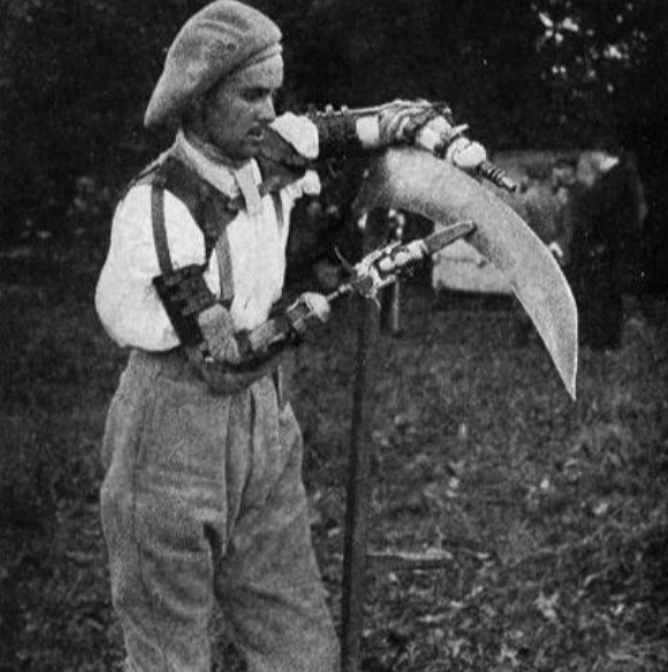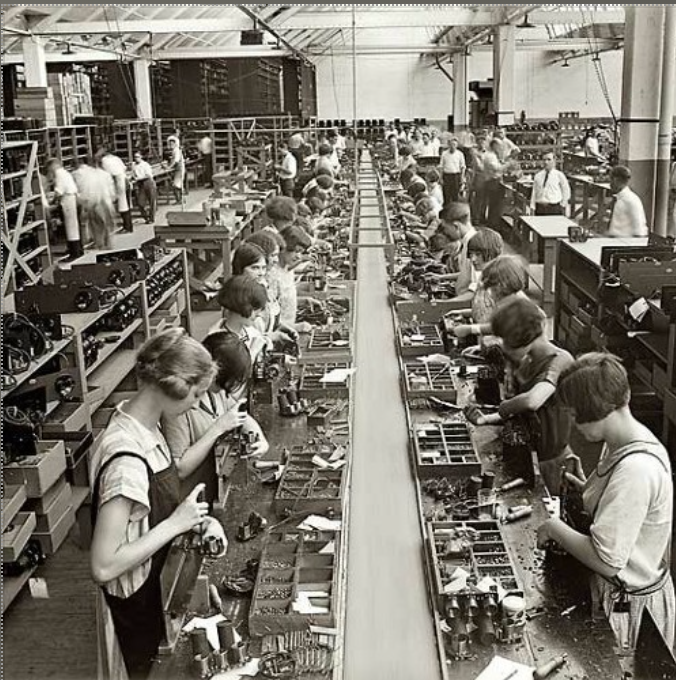Spatial Forensics views the built environment as a material manifestation of the economic, social, political and geological forces that shape our societies. Based on understanding that learning is an embodied practice, spatial forensics attempts to untangle the ways we create, carry and disseminate knowledge through the architectures we inhabit, the rooms we carry out our labour in, the interiors in which we rejoice, the landscapes we wander, the public spaces in which we gather.
Spatial Forensics
2. Out of Office

From capitalist realism to domestic realism, architecture has played a major role in the standardization of work as well as in the engulfing of time dedicated to labour. Read more
6. Is it a strike?

This chapter re-writes the last chapter within the times of global lockdown. Read more
3. Looks like harmonizing growth and desire is gonna be a tricky business

From 1960’s utopian re-imaginings of the house of the future, to Wages Against Housework, this chapter explores the versatile and invisible character of female labour. Read more
5. Just Do It

This chapter explores the blurred boundaries between work and leisure entangling the sources of the social, political and cultural stigma of leisure as laziness. Read more
4. Ora et Labora

This chapter departs from automation of labour and the evolution of work landscapes from factory counters to office cubicles. Read more
1. Introduction

Work, we love to hate it as we pay tribute to, sing about, reflect on and whine about it. Read more